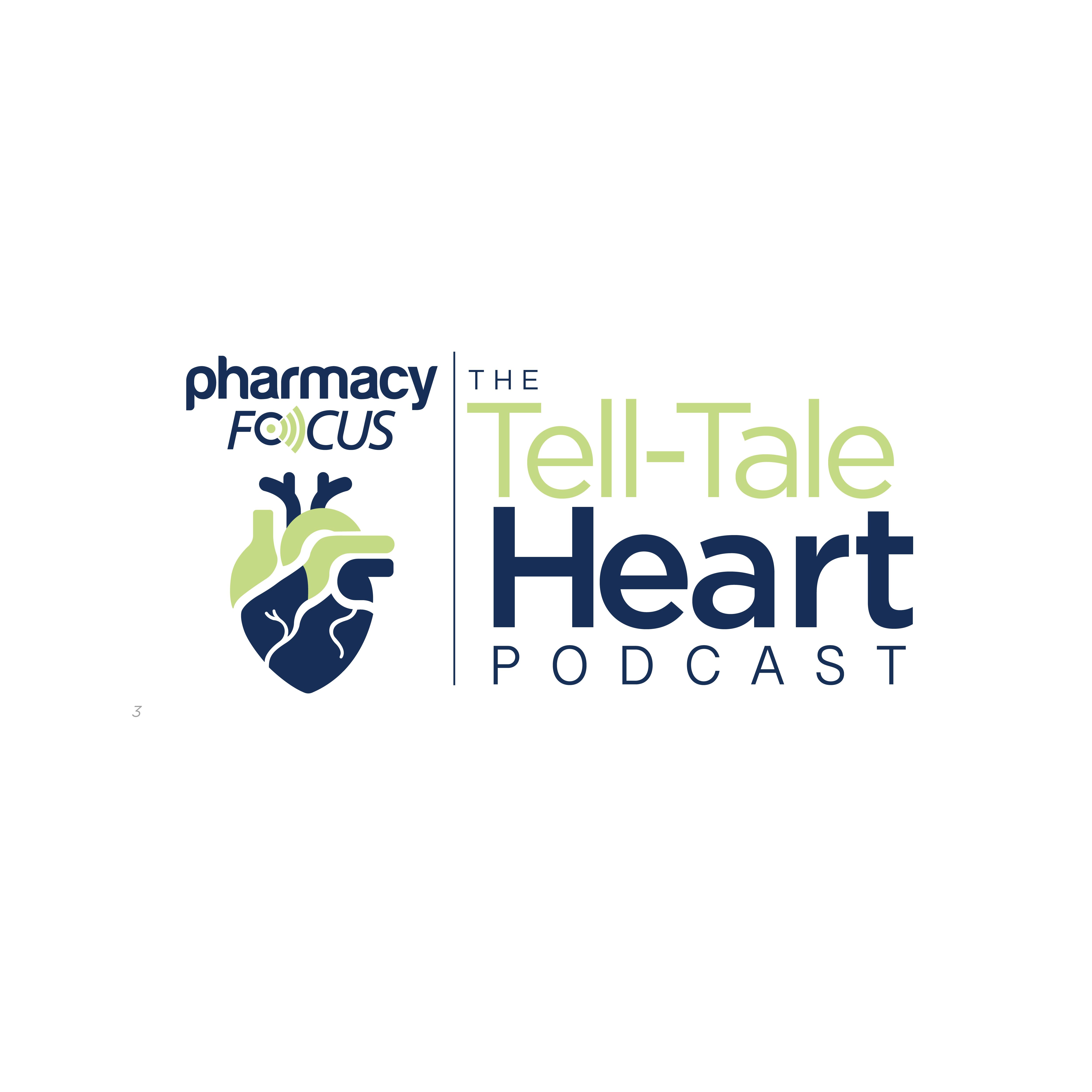News
Article
Study: Mechanisms Impacting LDL-C Are Inversely Associated With Type 2 Diabetes Risk
Author(s):
Key Takeaways
- Genetic determinants of LDL-C inversely correlate with type 2 diabetes risk, with greater genetic perturbation increasing T2D risk.
- Statin therapy lowers LDL-C but is associated with a marginally increased risk of developing type 2 diabetes.
An inverse relationship was observed between genetic conditions associated with high levels of low-density lipoprotein cholesterol and the risk of developing T2D.
There is an overall inverse association between a range of genetic determinants of low-density lipoprotein cholesterol (LDL-C) and the risk of developing type 2 diabetes (T2D), with the magnitude of T2D risk strongly correlated with the amount of genetic perturbation in LDL-C levels, according to study results published in JAMA Cardiology.1
High levels of LDL-C can increase the risk of developing coronary artery disease. | Image Credit: © LASZLO | stock.adobe.com

LDL-C has long been established as directly associated with cardiovascular mortality in patients with coronary artery disease (CAD), which remains a leading cause of death among patients with T2D. One study found that high LDL-C was independently associated with up to an 80% increase in cardiovascular mortality.2
However, a meta-analysis of randomized studies provided an intriguing observation: statin therapy, which helps patients lower their LDL-C, was associated with a marginally increased risk of developing T2D. This observation requires further investigation, especially regarding the lack of research on the association between participant-level genetic LDL-C and incident T2D risk. There have also been few comprehensive comparisons of the magnitude of T2D risk across monogenic and polygenic LDL-C individuals.1,3
The investigators of this cohort analysis of 361,082 individuals across the UK Biobank elucidated the risks of T2D for patients with familial hypercholesterolemia (FH), a monogenic disease in which patients present elevated levels of LDL-C, and monogenic hypocholesterolemia. They also sought to estimate the associations between genome-wide LDL-C polygenic risk score (PRS) and incident T2D, while also comparing T2D risk across both polygenic and monogenic LDL-C spectra.1
At baseline, the mean LDL-C across study participants was 138.0 mg/dL, and 16.9% were prescribed statins. At a median follow-up of 13.7 years, 28,661 (7.9%) participants developed incident T2D, and 26,272 (7.3%) developed incident CAD. In 0.5% of participants, FH was present; relative to the median LDL-C PRS group, individuals with FH had 29.4 (95% CI, 28.1-30.7) mg/dL higher levels of LDL-C, according to the study authors.1
Across genetic LDL-C bins, investigators observed a linear association between genetically elevated LDL-C levels and reduced T2D risk, a notable discovery. Interestingly, the associations of genetic predisposition to hypercholesterolemia with decreased incident T2D and increased incident CAD risks were proportional to LDL-C levels. However, in contrast with T2D, when CAD risks were determined for the LDL-C populations, hazard ratios across FH, very high LDL-C PRS, and high LDL-C PRS all had an elevated risk of developing CAD.1
The study investigators conducted a variant-level analysis to confirm these findings. They observed consistent effects per unit increase or decrease in LDL-C, and extremes were seen in FH carriers. Overall, the findings gathered indicate a possible metabolic link between genetically determined LDL-C concentration and the risk of developing T2D, which has been supported by the investigated link between statin use and T2D risk.1,3
Still, more research is necessary, the investigators discuss. They note that their PRS does not target exact LDL-C-related pathways, necessitating further study to assess T2D risk associated with individual, non-statin, cholesterol-lowering medications from a genetic point of view. Patients with high risk of CAD can be assured that, despite these results, studies have indicated an overwhelmingly positive benefit of statins relative to the modest risk of T2D.1,4
“These findings highlight an emerging model connecting 2 metabolic nodes that influence CAD risk,” the study authors concluded.1






